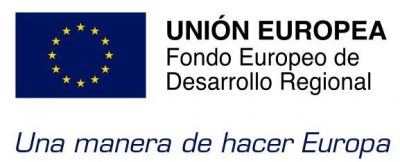|
Currently, the manufacture of basic plastic pieces by injection process is made with metallic moulds, where the fabrication of those metallic mould is realised via subtraction process, this means, we start with a metal piece from which we eliminate the metal, creating the cavity shaped according to the final piece. Among the conventional process used for the mould manufacture we found the machining or the electro erosion. The traditional mould manufacturing process occasionally is a slow and expensive process, the most hazardous step of the new product launch cycle. Moreover, the product short series fabrication or the research of new models implies that the mould manufacture is a high-cost process, taking the mould final use time into account. Therefore, taking the final mould development time into account, the use of prototypes or product short series, conducts to the search of new technologies for the obtention of prototype moulds. According to this, emerges the opportunity to use additive manufacturing technologies (plastic or metal) for the mould manufacturing. Furthermore, the design liberty allowed by the additive manufacturing, will also allow the introduction of new designs, not made possible by the traditional technologies, as well as the design of tailor-made freezing systems, corresponding to a cycle-time reduction and thus, consequent cost savings. Therefore, with this project, we intend to fabric the moulds using these additive manufacturing technologies, whose raw materials will be determined with the appropriate characteristics for this application and we will formulate others to properties improvements. We will use additive manufacturing technologies both plastic and metal. This R&D project is funded by the Valencian Institute of Entrepreneurial Competitiveness (IVACE) and the European Fund of Regional Development (FEDER) through the Operative Program FEDER of the Valencian Community 2014-2020. Within the mould area, and initially focused on the child product area, we expect to obtain the following results: – New materials for the mould fabrication via various polymers additive manufacturing like sintering laser, 3D-polyjet or SLA. – Development of moulds via metal additive manufacturing technologies. – Obtention of injection moulds with additive manufacturing technologies adequate for injection, by comparing achieved results one with each other. APPLICATION SECTORS:
TECHNOLOGICAL AREAS:
IVACE PROGRAM:
COORDINATOR CONTACT:
|
Financed

